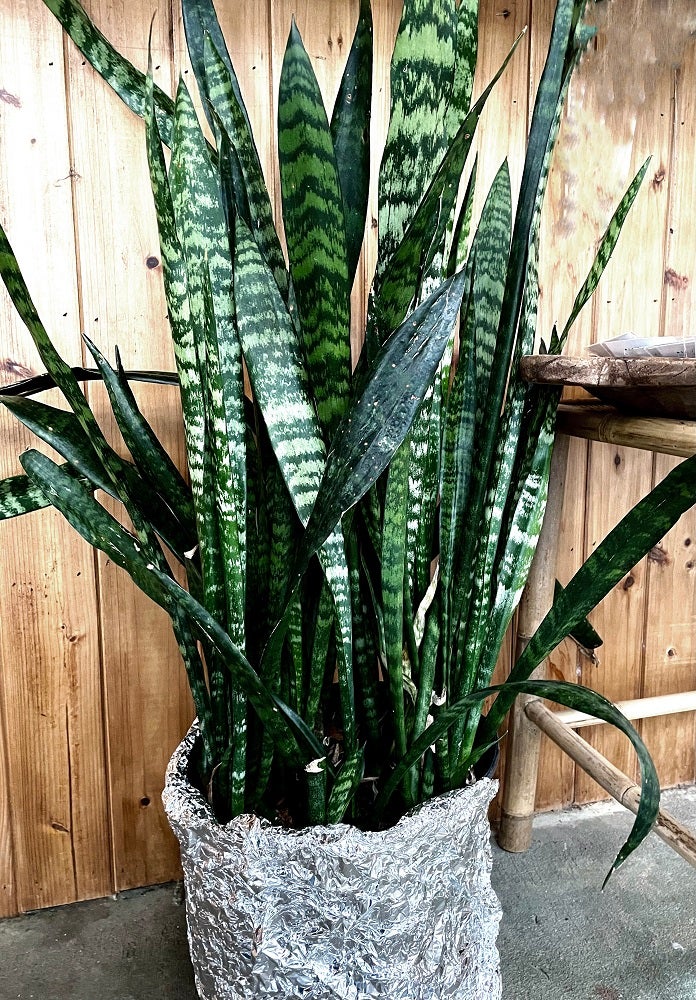Summer humidity and showers prevail
Published 7:00 am Tuesday, June 13, 2017
By Skip Rigney
After four dry days, muggy air and showers returned on Sunday. The mugginess will continue throughout the coming week, and showers will be scattered around the area most afternoons.
Today’s typical summer weather map won’t change much this week. The North Atlantic Subtropical High, sometimes called the Bermuda High, will remain centered over the North Atlantic Ocean. The western nose of the ridge will extend westward from the center into the southeastern United States and Gulf of Mexico. The clockwise circulation of winds around the high means that in our region winds will be from the southeast and south.
These winds will pump plenty of muggy air loaded with invisible water vapor into our region.
Each day as the June sun heats the ground, the ground in turn will heat the lower levels of the atmosphere. Blobs of heated air, full of water vapor, will begin to rise.
On some summer days strong high pressure in upper altitudes causes the air tens of thousands of feet above us to sink. This sinking motion puts a cap on the rising blobs from below, and they don’t make it very high into the atmosphere.
However, this week in the higher altitudes the main center of the upper high will be far to our west over northwest Mexico, and so there won’t be much to stop the hot, moist blobs at the surface from continuing to rise.
As those blobs of air rise, the pressure on them decreases with altitude. They expand and cool, and the gaseous water they contain condenses into puffy clouds called cumulus.
When those cumulus clouds and the water droplets inside them grow large enough, the summer showers and thunderstorms that we are so familiar with are the result. The National Weather Service forecasters in Slidell are giving us a 50 to 70 percent chance of rain each day this week with most of the showers occurring in the late morning and afternoon.
Keep in mind, though, this doesn’t mean that it is going to rain 50 to 70 percent of the time. In fact, most of each day will be dry. Nor do the probabilities of rain say anything about how much rain is likely to fall.
Practically speaking, the forecaster arrives at the probability of rain by combining his or her confidence that rain will occur somewhere in the forecast area, even for just a few minutes, with the percentage of that area that he thinks will receive rain, if it occurs at all.
So, if forecasters are 80 percent confident that showers will occur over 70 percent of southeast Louisiana and south Mississippi, they multiply these numbers together to arrive at a 56 percent chance of rain.
The weather prediction models are hinting that a tropical depression may form in the southwest Gulf of Mexico early next week. In mid to late June, it is common for tropical systems to develop in that part of the Gulf.
Even if a system does form, it is much too early to predict where it will go. Fortunately, most early season storms tend to be weaker than the systems that form during August and September.




